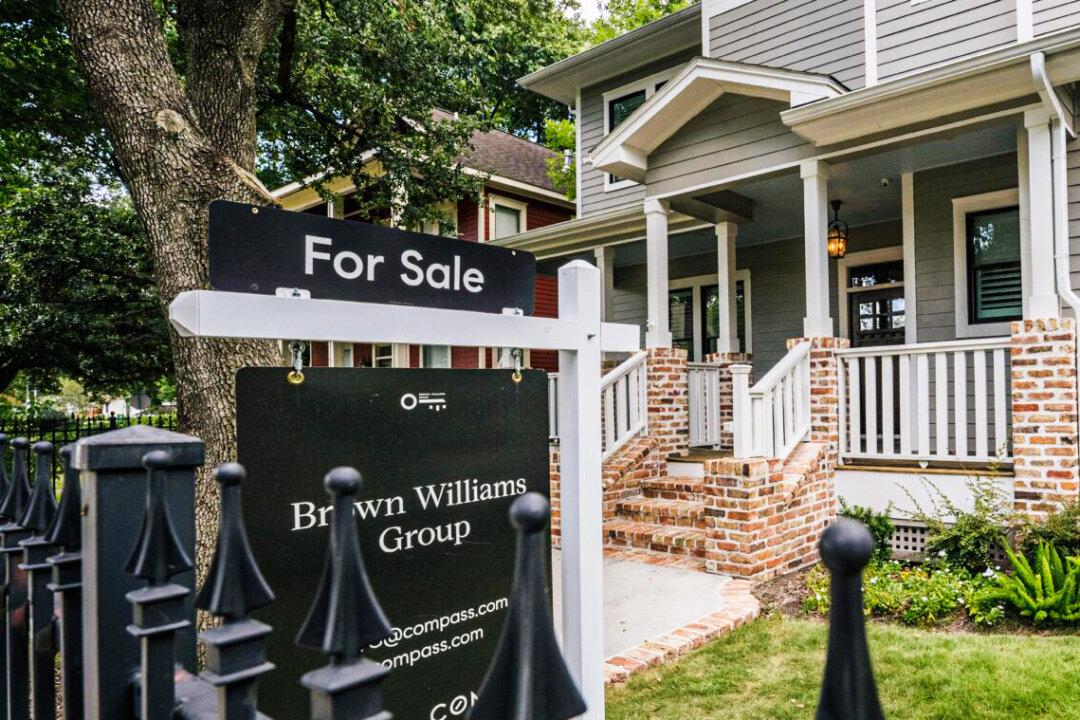Commentary
It sounds really great for homeowners. The California Mortgage Relief Plan will provide 40,000 California homeowners up to $80,000 in relief, each. They even won’t have to pay it back. It was just approved by the U.S. Department of the Treasury as part of the federal American Rescue Plan Act’s Homeowner Assistance Fund.





